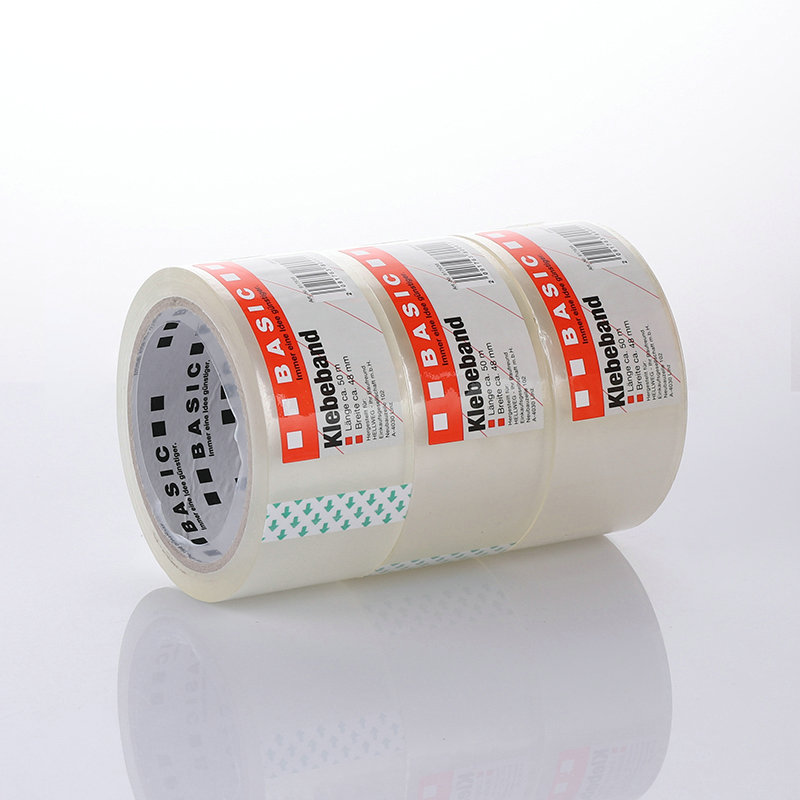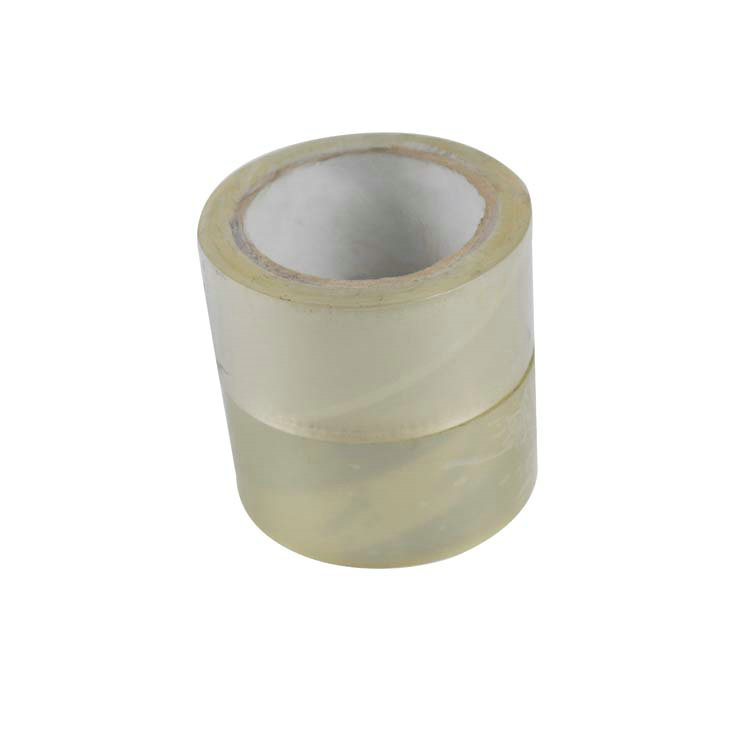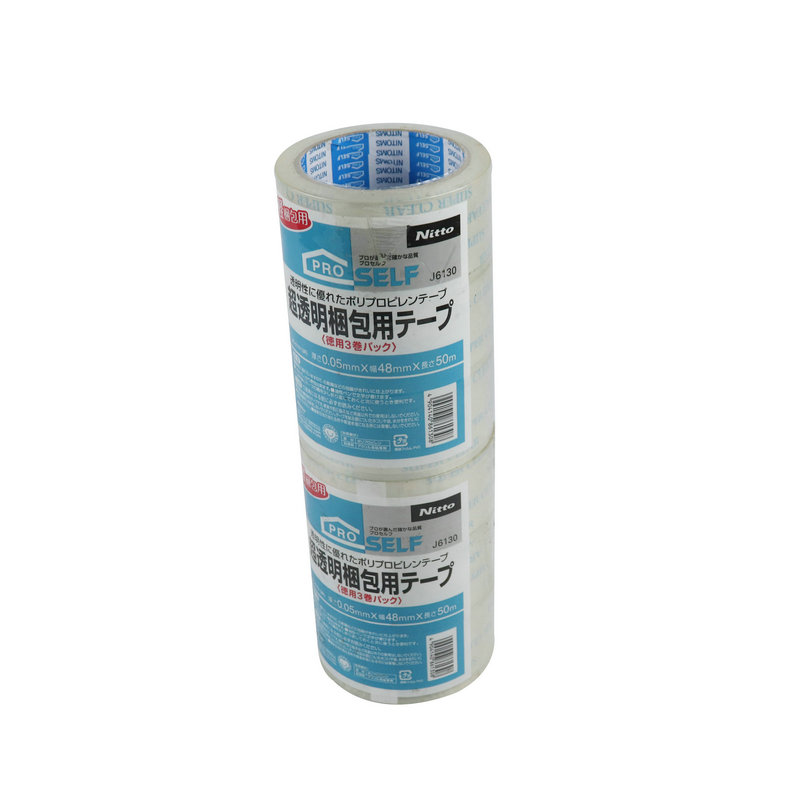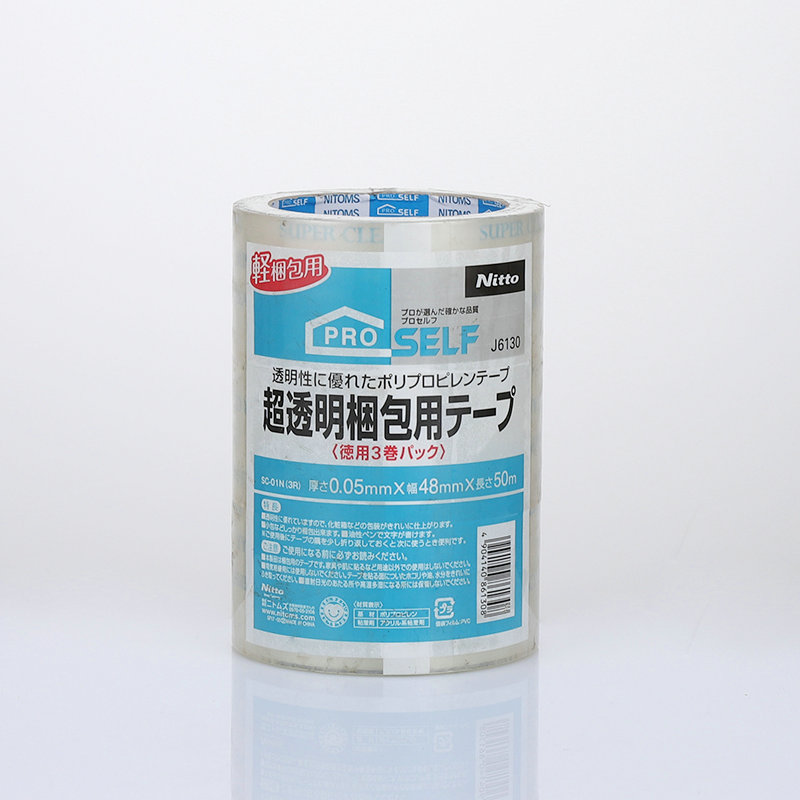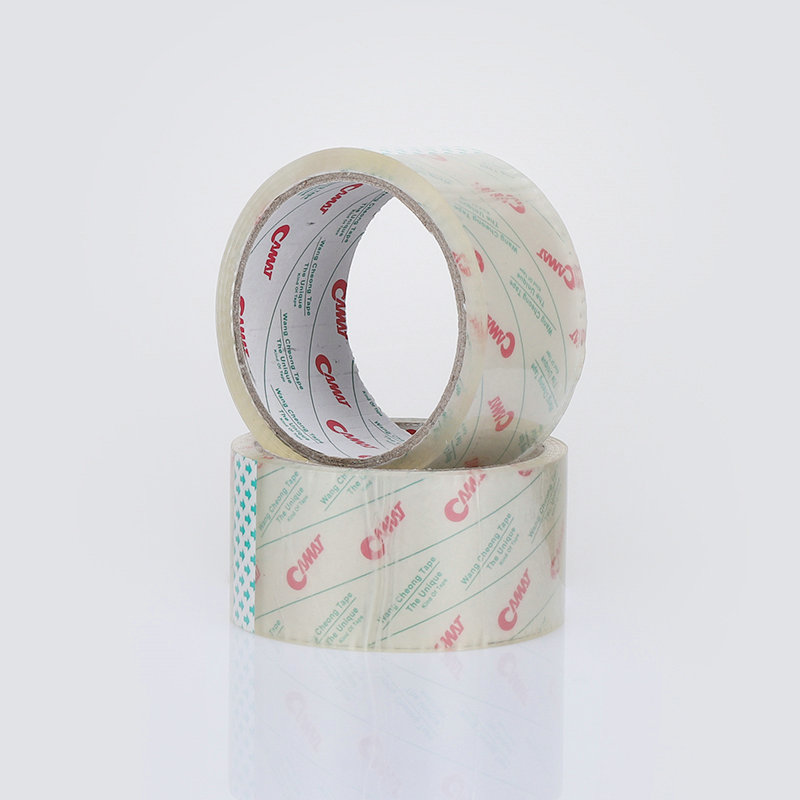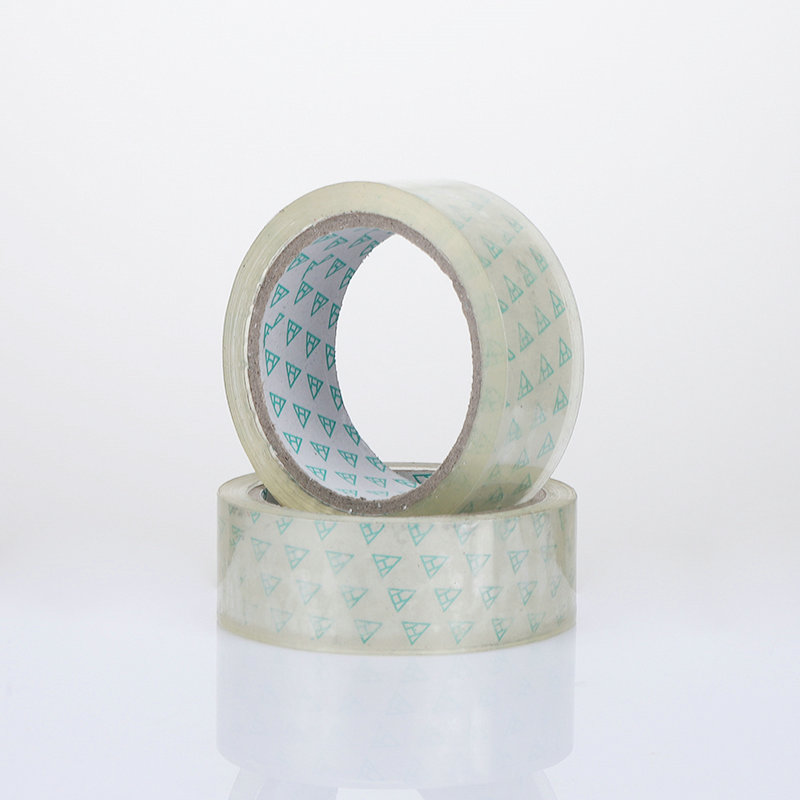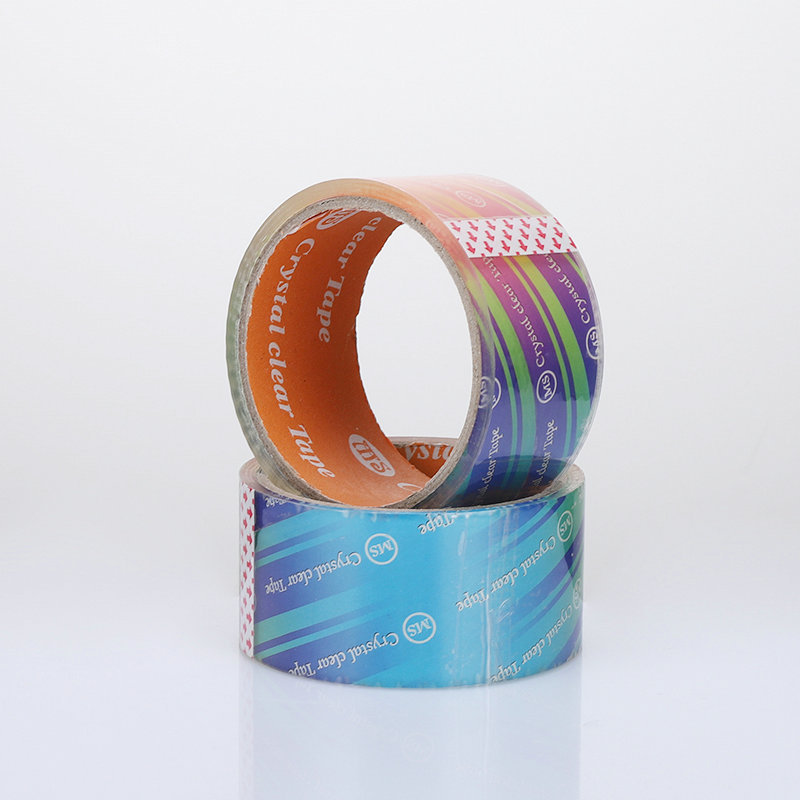specializing in the production of stretch film, adhesive tape, packing tape, etc
Choosing the appropriate width and thickness of wrap tape is crucial to ensure that it effectively serves its intended purpose in your application. The choice of width and thickness will depend on the specific requirements of your project. Here are some considerations to help you make the right decision:
1.Application Purpose:
Start by identifying the primary purpose of the tape. Is it for insulation, sealing, bundling, marking, or another application? The purpose will guide your selection of width and thickness.
2.Coverage Area:
Consider the area that needs to be covered or the surface that requires taping. A wider tape will cover a larger area more quickly, while a narrower tape is suitable for smaller or more precise applications.
3.Surface Contours:
Evaluate the shape and contours of the surfaces you'll be taping. If the surface is irregular or has curves, a narrower tape may conform better. For flat or wide surfaces, a wider tape may be more efficient.
4.Strength and Durability:
Thicker tapes are generally stronger and more durable. If your application involves high stress or heavy loads, consider using a thicker tape for added strength.
5.Insulation Needs:
In electrical or thermal insulation applications, the thickness of the tape is critical. Thicker tapes provide better insulation properties. Check if there are specific insulation requirements for your project.
6.Weight Considerations:
Consider the weight of the tape itself. For applications where weight is a concern (e.g., aerospace), choose a tape that meets the required specifications without adding unnecessary bulk.
7.Environmental Conditions:
Environmental factors can influence the choice of tape thickness. Thicker tapes may provide better resistance to abrasion, moisture, and temperature fluctuations, which can be important in certain conditions.
8.Flexibility:
Thicker tapes are generally less flexible than thinner ones. Assess whether flexibility is crucial for your application. In some cases, thinner tapes may be better for wrapping around tight corners or irregular shapes.
9.Visibility and Aesthetics:
In applications where tape color or visibility is important, consider how the width and thickness may affect the tape's appearance. For example, wider or thicker tapes may be more visible and suitable for marking purposes.
10.Cost Constraints:
Keep your budget in mind. Thicker and wider tapes may be more expensive than their thinner and narrower counterparts. Balance your project requirements with your budget.
11.Regulatory and Industry Standards:
Certain industries and applications have specific standards and regulations regarding tape width and thickness. Ensure that your tape choice complies with any relevant standards.
12.Manufacturer Recommendations:
Check the manufacturer's guidelines and recommendations for the specific tape product you are using. They may provide guidance on the ideal width and thickness for various applications.
In summary, the choice of tape width and thickness should be based on the specific needs and requirements of your project. Carefully assess the application's purpose, the surface characteristics, the environmental conditions, and any industry standards before making your selection. Experimentation and testing may also be beneficial to ensure that the chosen tape dimensions meet your expectations and performance criteria.

 英语
英语 日语
日语 西班牙语
西班牙语 阿拉伯语
阿拉伯语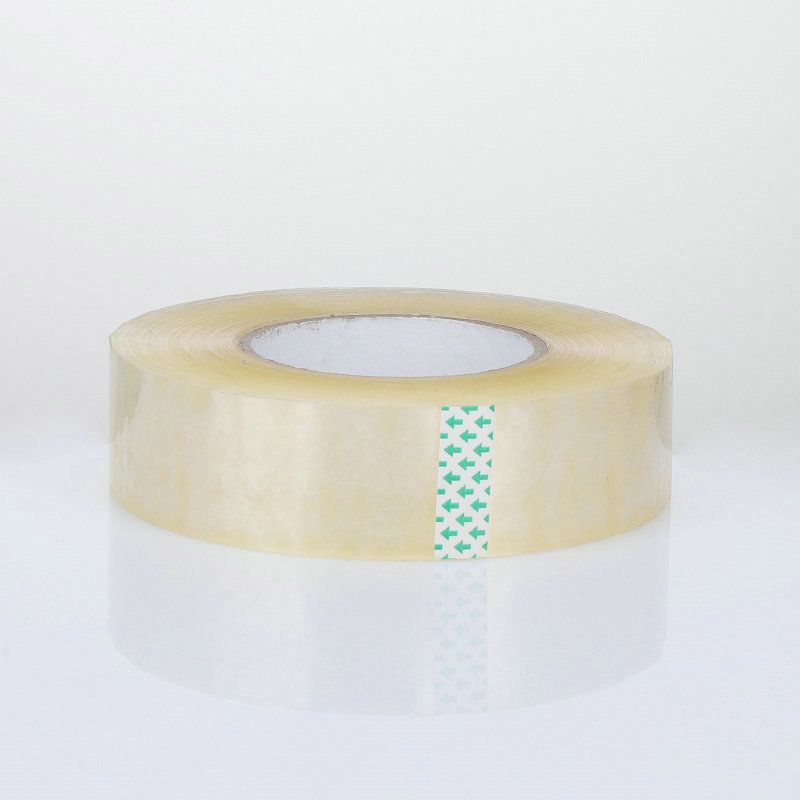
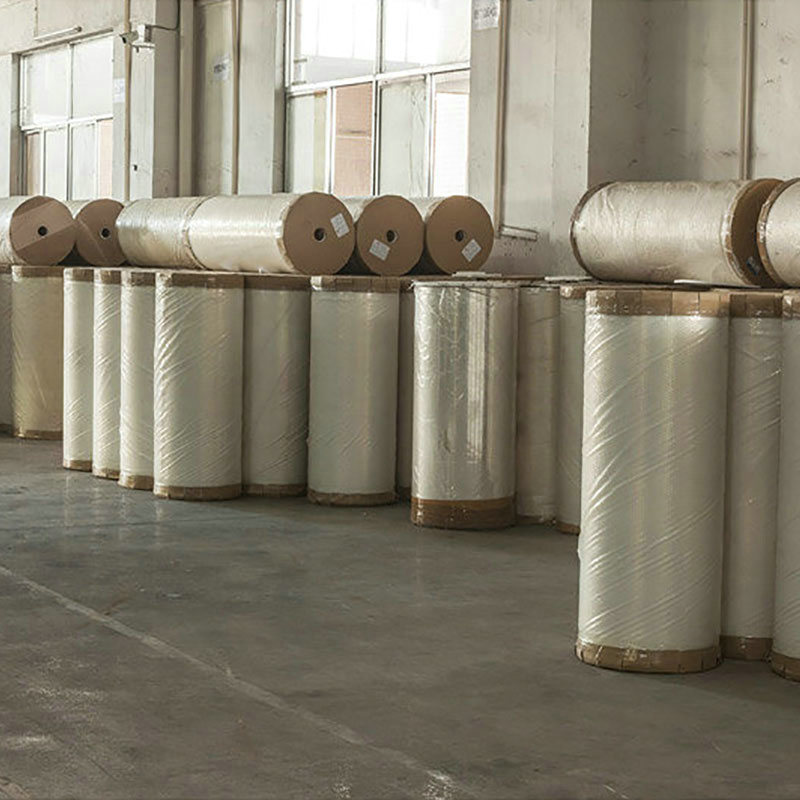
.jpg)
